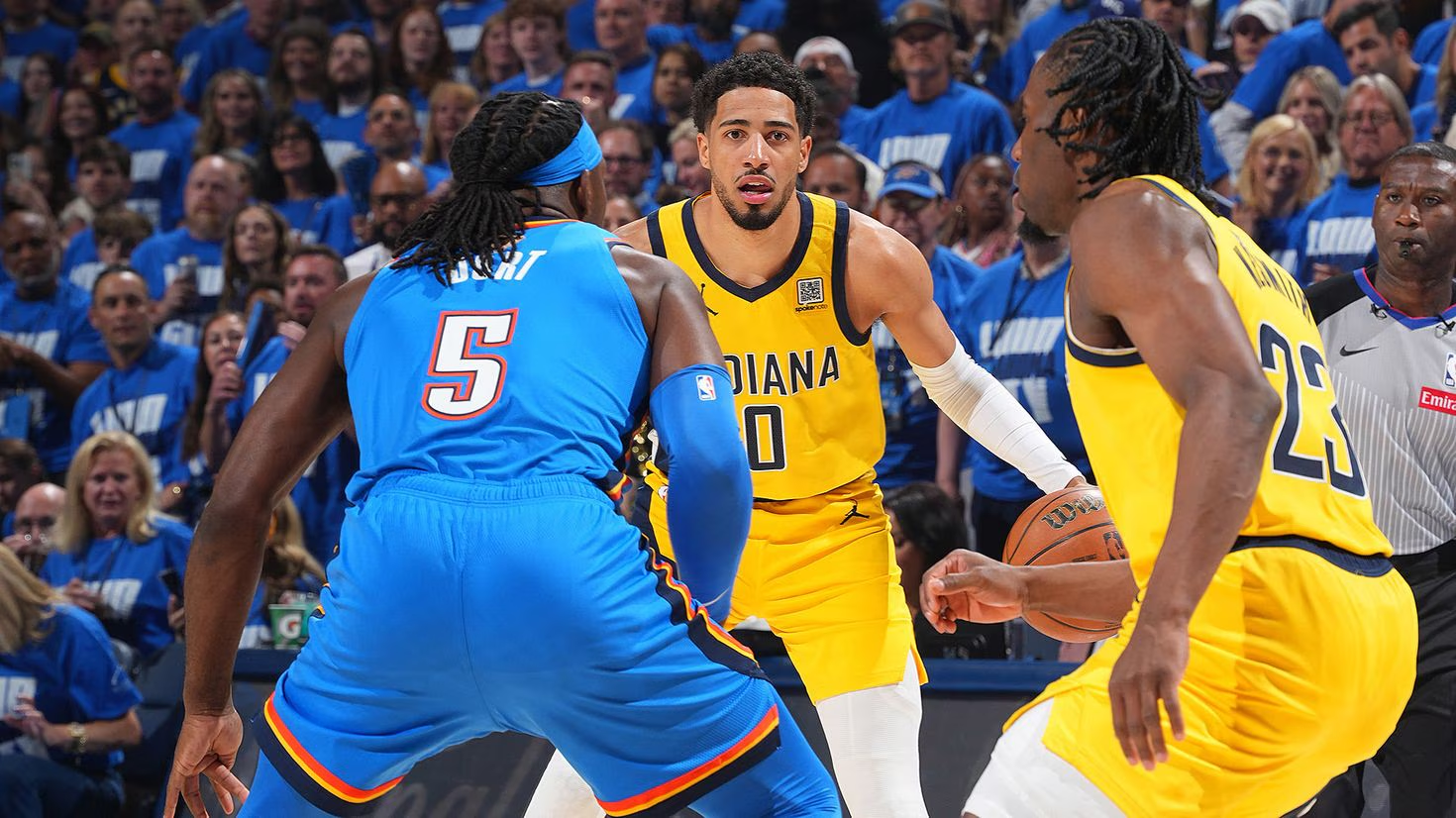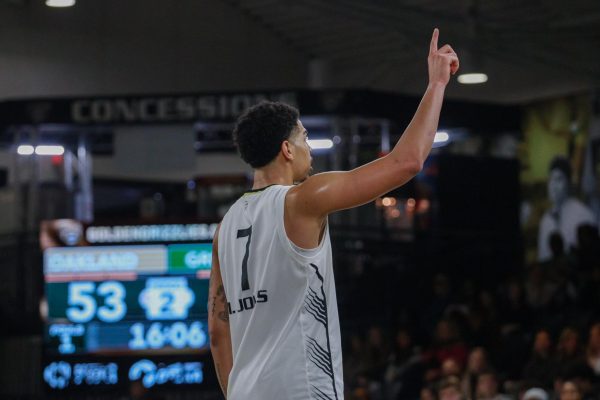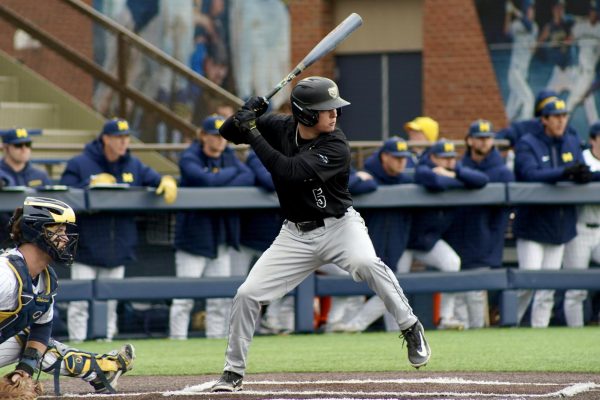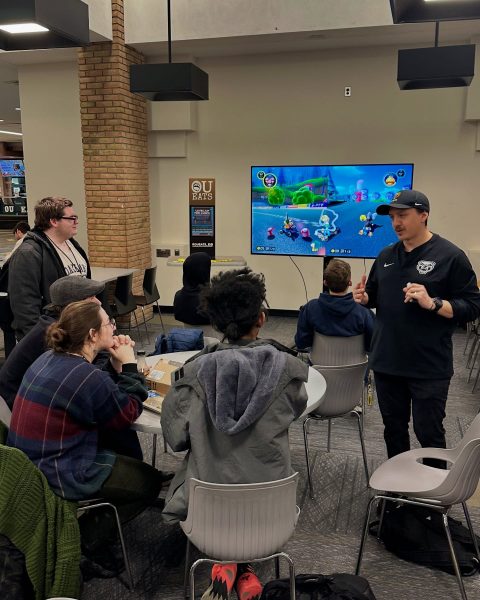Athletic trainers: the unsung heroes
The constant grind of a season goes beyond what is seen on the court or field. Practices, games, traveling and working out can take a tremendous toll on an athlete’s body, which makes rehabbing a behind-the-scenes staple in the routine of every athlete.
Without an athletic trainer, an athlete’s performance and abilities would be severely hindered. The job of Oakland University’s trainers is to give proper attention to athletes, make themselves available at times of need and prepare them for game day.
Associate Athletic Trainer Claire Coates serves the women’s basketball and tennis teams, as well as the men’s soccer team. Not only is she in the training room regularly, she often spends time on the sidelines to aid in the response time for any critical injuries that may occur.
“We’re here before and after practice applying heat packs, taping and checking on injuries from the day before,” Coates said. “We’ve got our eyes on the field at all times, seeing the athletes through a set of ‘safety goggles.’”
When an athlete’s livelihood is at stake, it is imperative that the training facilities are as satisfactory as possible. Tom Ford, an OU Associate Athletic Trainer, has been on staff since 1987 and was integral in designing the training room at Oakland. Both he and Coates, who started just last year, are pleased with the facilities Oakland has to offer.
“For a mid-major, Oakland is definitely of par with other institutions,” Coates said. “From what I’ve heard, this is the strongest our sports medicine program has ever been.”
In the future they both hope to see an expansion of the facilities. Coates sees athletes as a “complete package” and would like to see sports nutrition approached the same way as mental health and physical fitness, while Ford views staffing as an area he’d like to see improvement.
“We’re competing for the same athletes the other schools are, it’s important we’re constantly updating the facilities,” he said. “I have a vision of more expansion, particularly more supporting staff.”
The demanding job of an athletic trainer is often underappreciated by those outside the athletic department. Constant contact with athletes is vital, and while the NCAA has rules in place dictating how much a team can practice, it does not apply to medical care.
“Anything we can do to better serve the athlete,” Ford said. “Because at the end of the day, that’s who we’re here for.”






